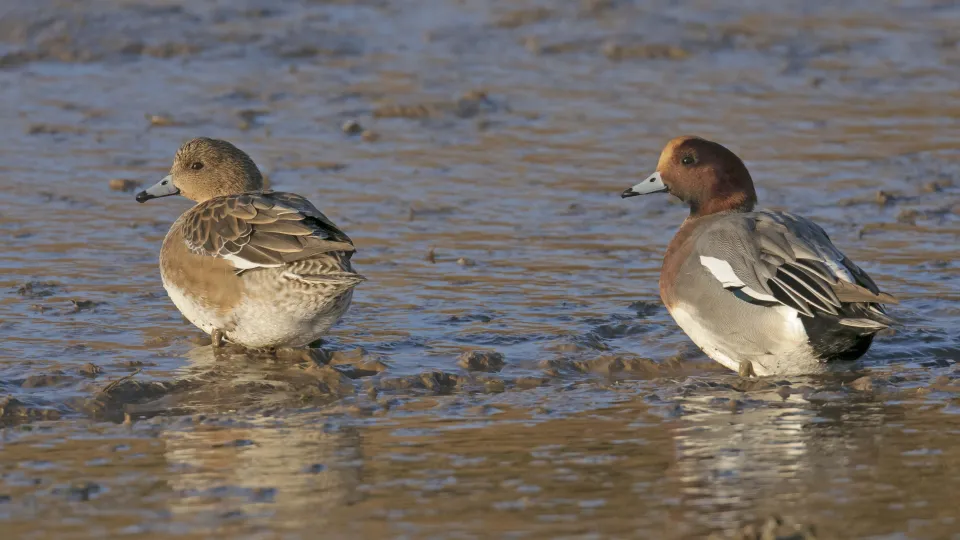
Wigeon
The wigeon is a colourful duck that can often be spotted wheeling round our winter skies in large flocks. A dabbling duck, it surface-feeds on plants and seeds in shallow waters.

The wigeon is a colourful duck that can often be spotted wheeling round our winter skies in large flocks. A dabbling duck, it surface-feeds on plants and seeds in shallow waters.
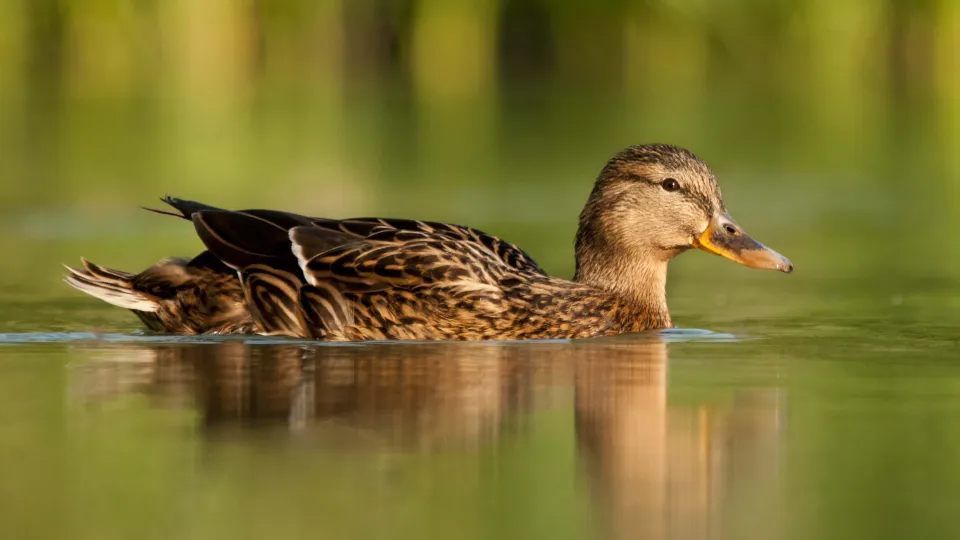
The much-loved mallard is our most familiar duck, found across town and country. If your feeding the ducks please don't feed them bread - it's not good for them! Instead, they love eating sweetcorn, lettuce, oats and seeds.
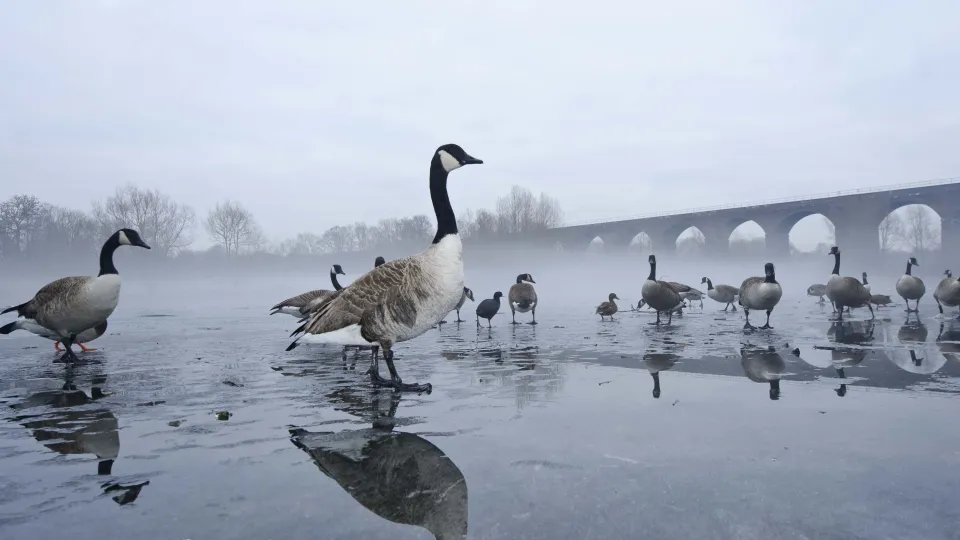
The Canada goose is our most familiar goose, although it is not actually native to the UK. A common and bold bird, it can be found around most parks, lakes, reservoirs and gravel pits.
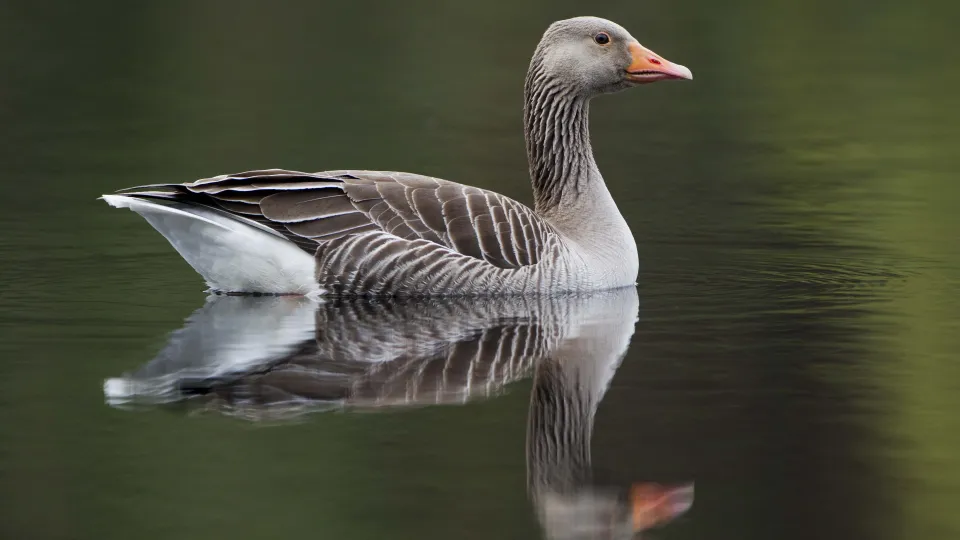
The greylag goose can be easily spotted around parks, gravel pits and river valleys, but these populations tend to be semi-tame, having been reintroduced. Truly wild populations can be found in Scotland.
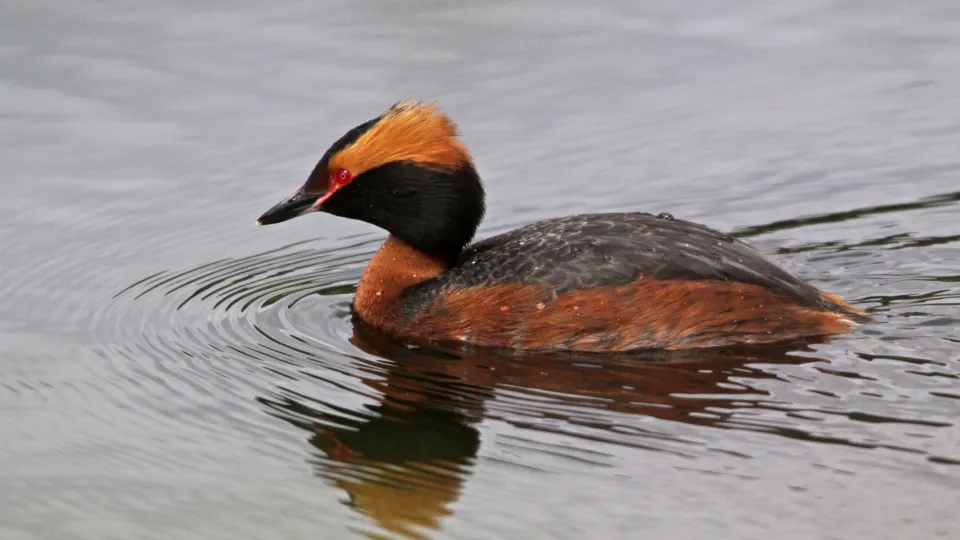
The rare Slavonian grebe is an attractive diving bird with distinctive, golden ear tufts that give rise to its American name - 'horned grebe'.
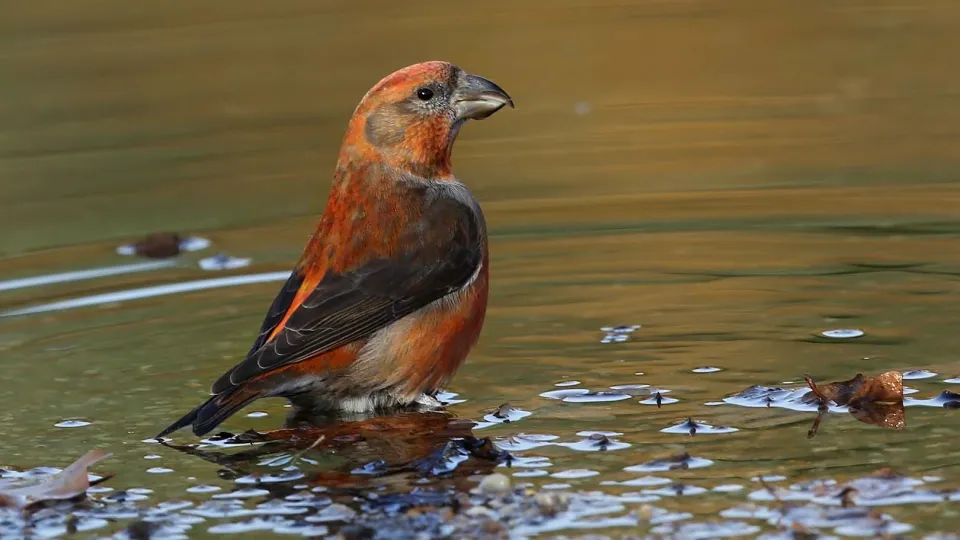
As it names suggests, the common crossbill has a large bill that is crossed at the tip - perfect for picking the seeds out of pine cones. Look for it in conifer woodlands, mainly in the north and south.
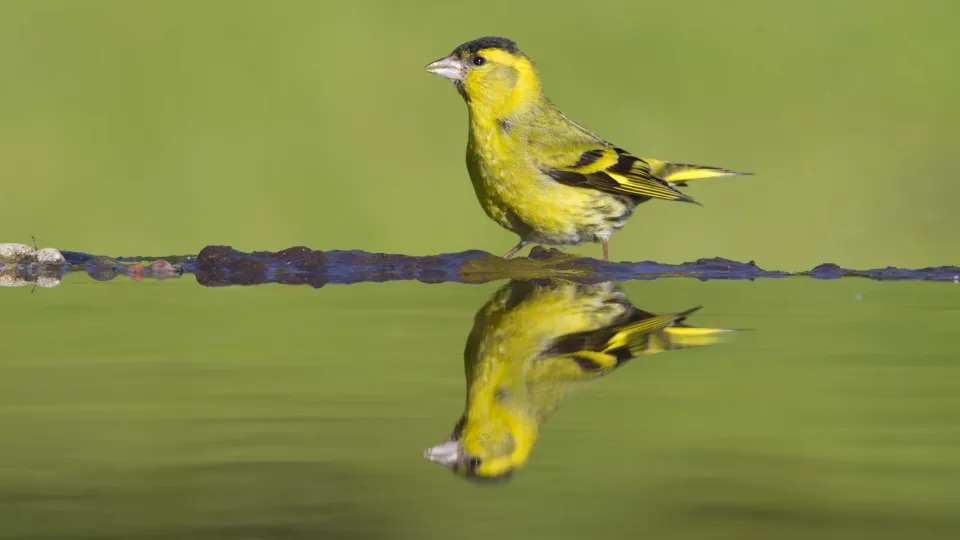
An attractive, green-and-yellow bird, the siskin regularly visits birdtables and feeders in gardens. Look for the bright yellow barring on its black wings, and the black crown of the males.
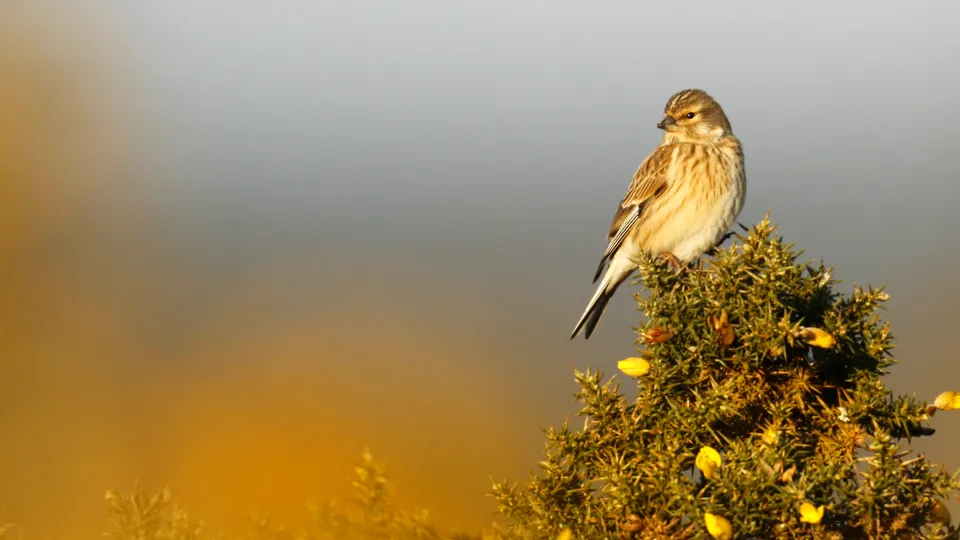
The linnet can be seen on farmland and heathland across the UK. But, like so many other farmland birds, linnets are declining rapidly, mainly due to agricultural intensification.
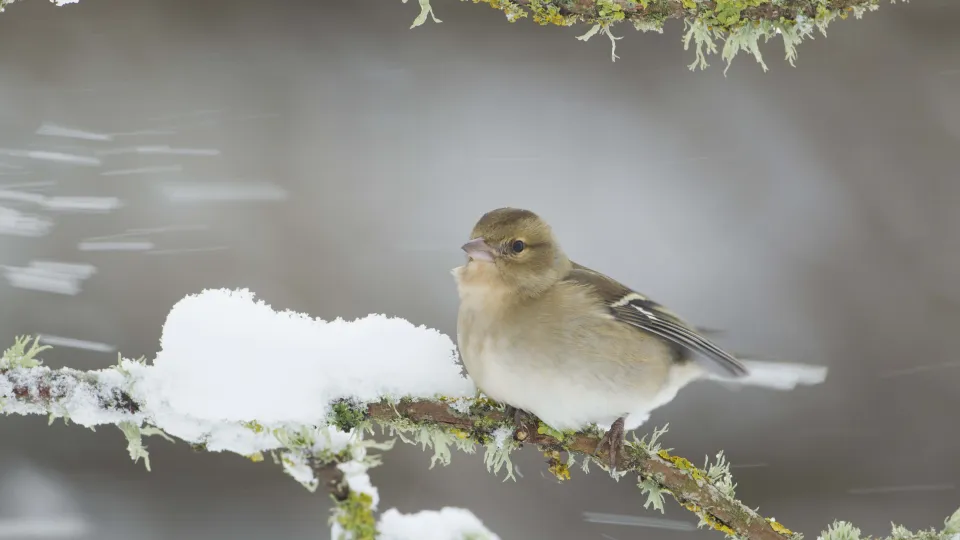
The colourful and delightful chaffinch is a regular garden visitor across the UK. Look out for it hopping about on the ground under birdtables and hedges.
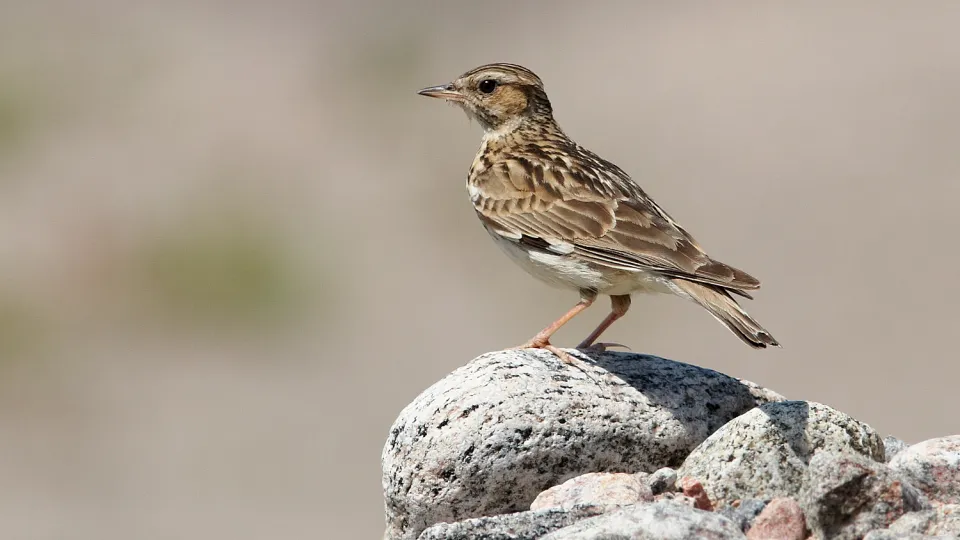
The secretive woodlark can be hard to spot. It nests on the ground on our southern heathlands and uses scattered trees and woodland edges for lookout posts.